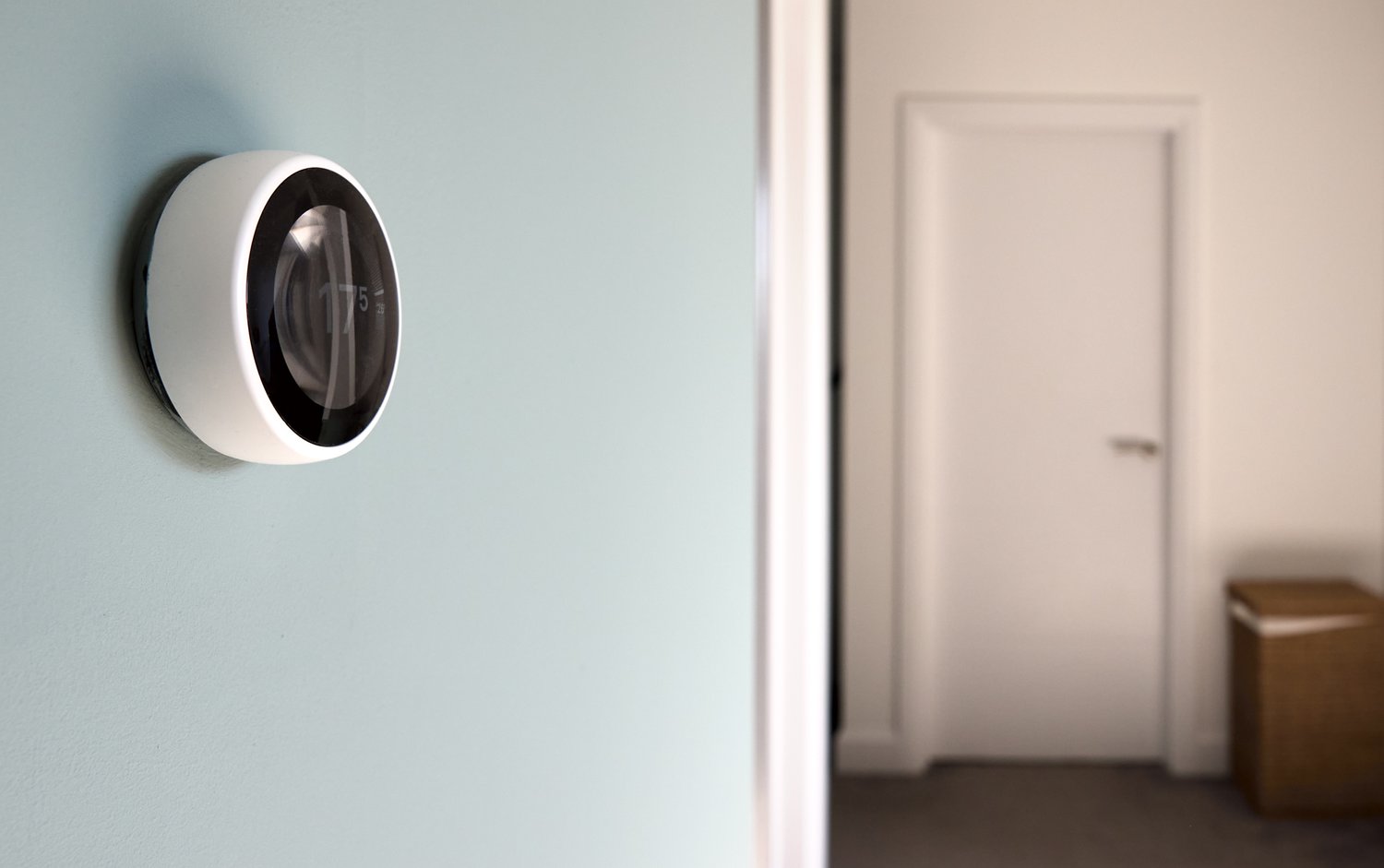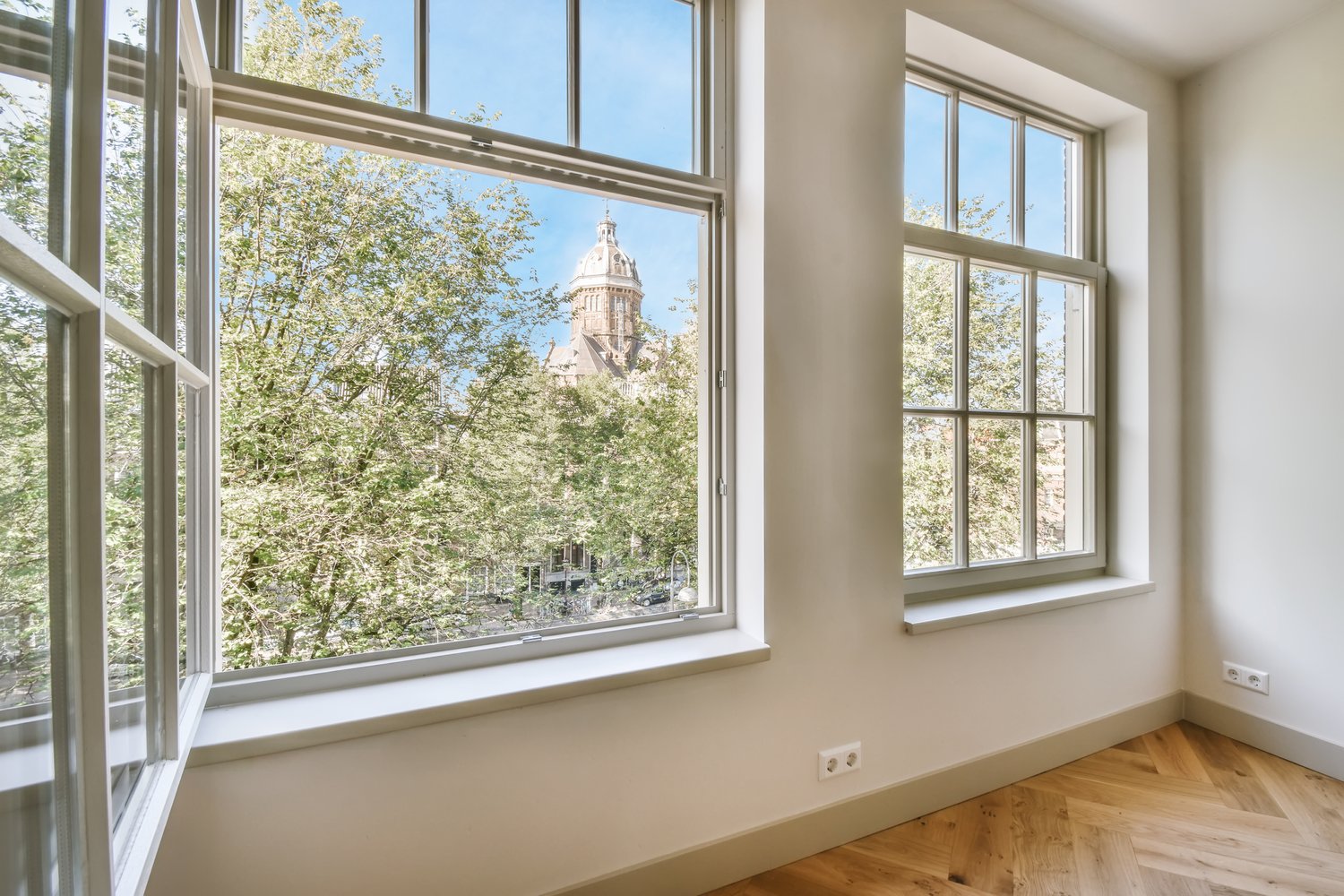Transforming your traditional house into a smart home doesn’t need to be overwhelming or expensive. For those just getting started with smart home tech, the key is to begin with essential smart devices that provide immediate benefits in convenience, security, or energy savings. This article guides beginners through the initial steps of creating a connected home, highlighting the most practical devices to consider first, and offering tips on how to expand your system as your comfort level grows.
Understanding Smart Home Basics
Before diving into specific devices, it’s important to understand what makes a home “smart.” A smart home contains connected devices that can be controlled remotely via smartphone apps, voice commands, or automated schedules. These devices communicate through your home’s internet connection, creating a network that allows you to monitor and control various aspects of your living environment. For beginners, easy smart home tech typically starts with standalone devices that don’t require complex installation or programming.
The foundation of any smart home system is reliable Wi-Fi coverage throughout your home. Before purchasing any smart devices, ensure your internet connection is stable and reaches all areas where you plan to install equipment. Many newcomers to smart home technology overlook this crucial first step, leading to frustration when devices disconnect or respond slowly.
Essential Smart Devices for Beginners
When getting started with a smart home, focus on devices that solve specific problems or enhance your daily routine. Smart speakers or displays, like Amazon Echo or Google Nest Hub, make excellent starting points. These devices serve as control centers for your smart home, allowing you to manage other connected devices through simple voice commands. They also provide immediate utility through features like weather updates, timers, music streaming, and information searches—all without needing to touch your phone.
Smart plugs represent another low-cost entry point for smart home beginners. These simple devices plug into existing outlets and let you control power to lamps, fans, coffee makers, or any plugged-in appliance. With smart plugs, you can create schedules for devices to turn on and off automatically, potentially saving energy and extending the life of your electronics. Many first-time smart home users are surprised by how much convenience comes from this relatively inexpensive addition.
Smart lighting offers both practical benefits and ambiance control. Whether you choose smart bulbs, switches, or plug-in lamp controllers, the ability to dim lights, change colors, or create automated lighting schedules adds considerable convenience. For many beginners, smart lighting provides the most noticeable improvement to daily life, especially when paired with motion sensors that automatically illuminate hallways and bathrooms at night.
Security and Safety Devices
Smart security devices provide peace of mind while offering practical benefits that make them worth considering early in your smart home journey. Video doorbells let you see and speak with visitors whether you’re home or away, while smart locks allow keyless entry and the ability to grant temporary access to guests or service providers. According to home automation experts at AskHomey, these security-focused devices consistently rank among the most satisfying initial purchases for smart home beginners.
Smart smoke and carbon monoxide detectors represent another category worth considering early. Unlike traditional alarms, smart detectors send alerts to your phone when triggered, potentially saving lives when you’re away from home. They can also distinguish between steam and actual smoke, reducing false alarms and the accompanying frustration.
Energy Management and Comfort
Smart thermostats rank among the most practical investments for those just getting started with smart home technology. These devices learn your schedule and preferences, automatically adjusting temperature settings to maximize comfort while minimizing energy usage. Many utility companies offer rebates for smart thermostat installation, making them even more affordable for beginners.
Smart blinds or curtain controllers allow you to harness natural light more effectively, potentially reducing heating and cooling costs while adding convenience. Though slightly more expensive than other starter devices, the combination of energy savings and daily utility makes them worth considering, especially for south-facing windows that receive significant sunlight.
Building Your System Gradually
The most successful smart home journeys begin with careful planning rather than impulsive purchases. Start by identifying your biggest pain points or areas where automation would most improve your daily routine. Perhaps you frequently forget to turn off lights when leaving home, or maybe you want better control over your home’s temperature throughout the day.
Compatibility matters greatly when selecting essential smart devices. Before purchasing, determine which ecosystem (Amazon Alexa, Google Home, Apple HomeKit) best suits your existing technology and preferences. While many modern devices work across multiple platforms, ensuring compatibility from the beginning prevents future headaches.
As your confidence grows, you can expand your smart home system by adding complementary devices that work together. The beauty of starting with essential smart devices is that you can build gradually, learning as you go without overwhelming yourself with complex technology all at once.
For more tips and to connect with reliable home service professionals, follow AskHomey on Facebook and Instagram.



